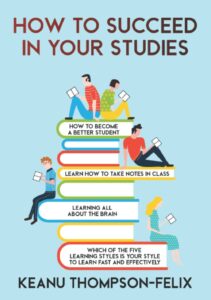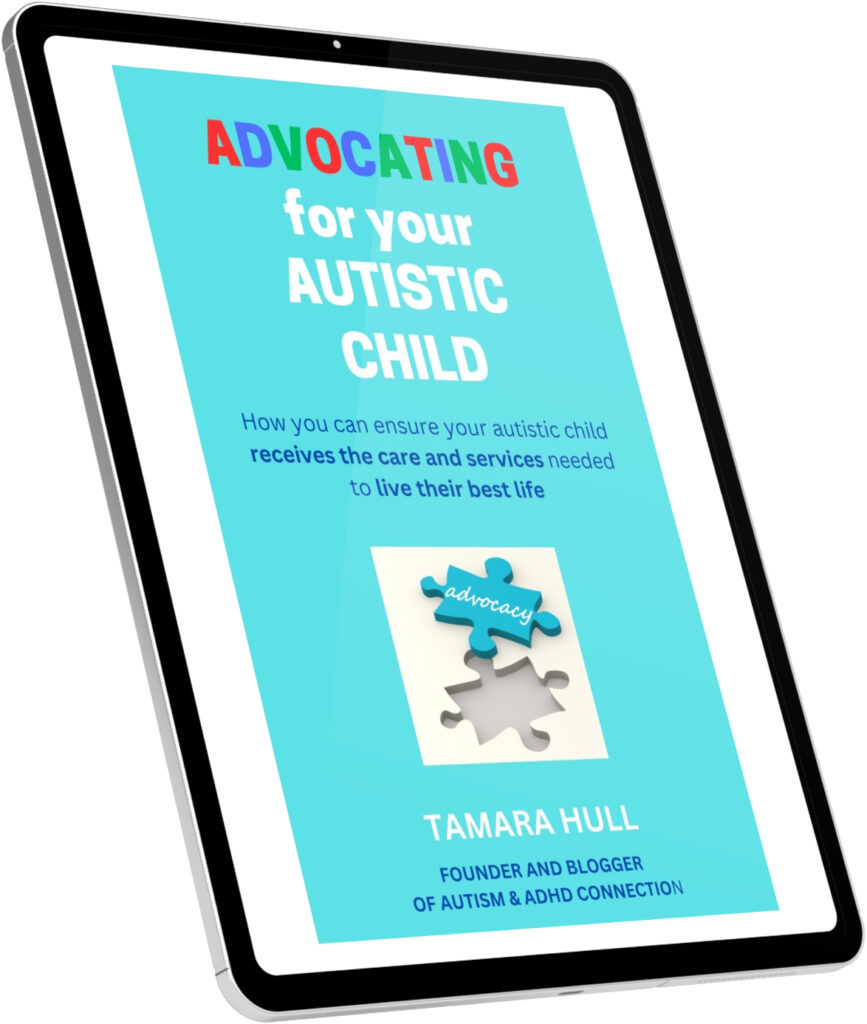Taking notes in class can really help improve grades and encourage your teen with ADHD and autism to stay engaged in learning. Yet, I don’t think our schools do a good enough job in teaching our teens this essential skill. It is especially important if your teen will go on to a community college or university after high school. So what can you do as a parent to help your teen with autism and ADHD learn how to take effective notes during class?
Why is it important for autistic and ADHD students to take good notes?
It’s important for all students to take good notes during class, however, it is especially important for autistic/ADHD teens to learn how to take effective notes. Here are some reasons:
- Taking notes during class can keep your teen with ADHD engaged and better focused on what they are learning. They can make it fun by doodling in the margins or using different colored pencils or pens.
- They can put what they are learning into their own words, which can help them better understand the lesson being taught.
- It can help them remember the material better when they have to study for a test or use their notes to complete an assignment.
- They can put their notes into a more visual format if needed so that they can remember and understand the lesson easier.
My son J struggled with note taking during high school. He did fairly well when the teacher would hand out worksheets and have the students fill in the blanks for their notes. But when he had to make notes on a blank sheet of paper, it was hard for him. That is why when he met with the director of the disabilities office at his community college, I flagged for her the need to help him with note taking. Thankfully, there are a lot of options available that we didn’t even know about when he was in high school.
What are the different note taking methods that are best for autism or ADHD?

There are so many ways to take notes, including:
- Cornell Method: With this method, the student uses two columns on their page to capture their notes. The bigger column is where they place their notes, and the second smaller column is where they can place keywords or any questions they have about the material. During or after class, they then take their notes and develop a summary at the bottom of their page (or the end of their notes for that session).
- Outlining: Outlining uses a traditional outline of numbers (or Roman numerals) with bullets below it. This is a popular method of note taking and one that I used throughout my college years.
- Mapping: Mapping is also known as mind mapping. With this method, the student puts the topic into a large circle and then puts details into smaller circles around it with lines connecting the circles. Many students who learn better visually benefit from mind mapping their notes.
- Charting: Charting for note taking is exactly what it sounds like. The student puts their information into charts. This may be better to do after using another method to initially take the notes but can be very useful for studying since autistic teens tend to learn better visually.
- Sentence Method: This method of note taking is when students just write out sentences with information as their notes.
Some teachers offer their students guided notes, which allows them to put the information into the worksheets. In addition, it’s always good if your student can get any presentations that were shown during the lesson. I don’t believe there is one right way for autistic/ADHD students to take notes. Instead, I think you should go through the different methods with your teen and see which one appeals to them. Have them try it out in their next few classes. If they like the method they chose, then they continue to use it. If they don’t, then they can try another method and repeat until they find one that resonates with them. They may even combine aspects of different methods to come up with their own.
What note-taking technology could help your autistic student?

The good thing about being in school today is that our kids have access to so much great technology. That goes for note-taking in class too.
Many high school students who have IEPs or 504 plans can get access to a note-taking pen. It is a smart pen that records the lesson. My son J had one his senior year, and he didn’t think it worked well for him. (I think after talking to him about it that he had a malfunctioning device and probably should have traded it in for another one.) I know other kids who use them and find them very helpful.
There is also note-taking software available, although you will need to check with your teen’s resource teacher to see what their school may have subscriptions for in their district. In community college, J has a software that records the lesson in class. He then can listen to the audio file. It also will provide a transcript that he can read, highlight and use to take notes. Honestly, I wish I had that when I was in high school and college!
Sometimes, simply being able to type notes on their computer instead of handwriting them can be really helpful for autistic students with ADHD. If your teen hasn’t learned how to touch type on their computer, then it may be worth investing in a program that will teach them how to type. Many schools also have software available to students for this.
Have you successfully helped your teen with autism and ADHD learn to take effective notes? What are your suggestions or tips? Leave a comment below so that we can share and encourage each other along this journey!
Additional resources
Want more information about note-taking? Here are some additional resources to check out.
How To Take Great Notes Quickly And Easily: A Very Easy Guide (affiliate link)

Study Strategies for Teens: A Teenage Guide to Exam Success and Getting Better Grades (affiliate link)
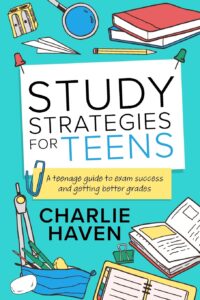
Mind Mapping Notebook (affiliate link)
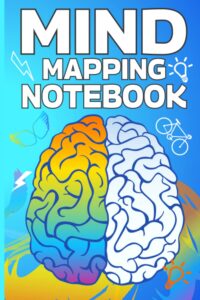
The Study Skills Handbook: How to Ace Tests, Get Straight A’s, and Succeed in School (affiliate link)
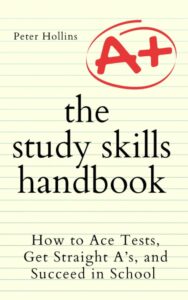
How to Succeed in your Studies (affiliate link)
